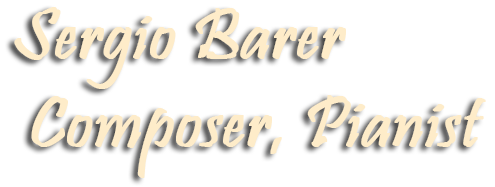The first dichotomy we will use when talking about music is ugliness-beauty. This is a very important dichotomy in all the arts, as the achievement of beauty has long been a goal of artists. However, as Plato said: “Beauty lies in the eyes of the beholder”. I have found, nevertheless, that there is a general agreement in our society as to what constitutes beauty and what doesn’t, in music. We actually have words that describe sounds that go well together, or are generally agreeable to our ears (consonances) and sounds that clash when played at the same time (dissonances). The fact that there is some sort of agreement as to what is consonant and what is dissonant means that there is some sort of agreement on beauty. That is the first part of beauty I am going to use in my evaluations, “consonant-dissonant”. Now, the agreement as to what is consonant and dissonant has varied through time. I won’t get into technical details about that. Suffice to say that when I am talking about music I am doing so with the ears of a classical musician that is living at the beginning of the XXI century.
The second part of beauty-ugliness I will use is the quality of each sound itself. After much consideration I think the proper dichotomy to use would be: “Harsh-Mellow”. A harsh sound would be a violin used in its highest range, while a mellow sound would be a violin being played in its usual range. Harsh could also be a violin being hit with the bow in a lower range but giving us a disagreeable sound. This is judging each sound by itself, not in relationship to other sounds. We find harsher sounds being used in the 20th and 21st Centuries and mellower sounds in the 18th and 19th centuries. So we will use consonance-dissonance and harsh-mellow because I consider them more objective than beautiful-ugly.
